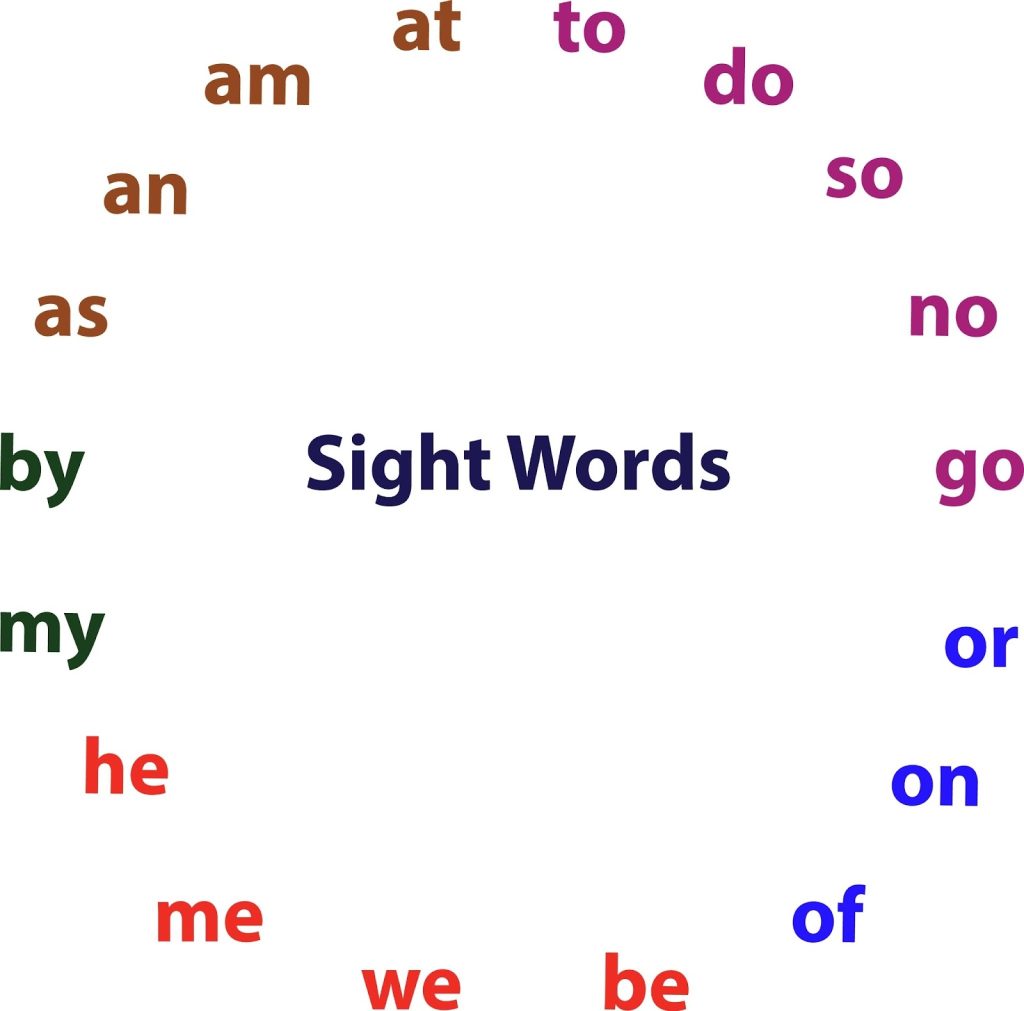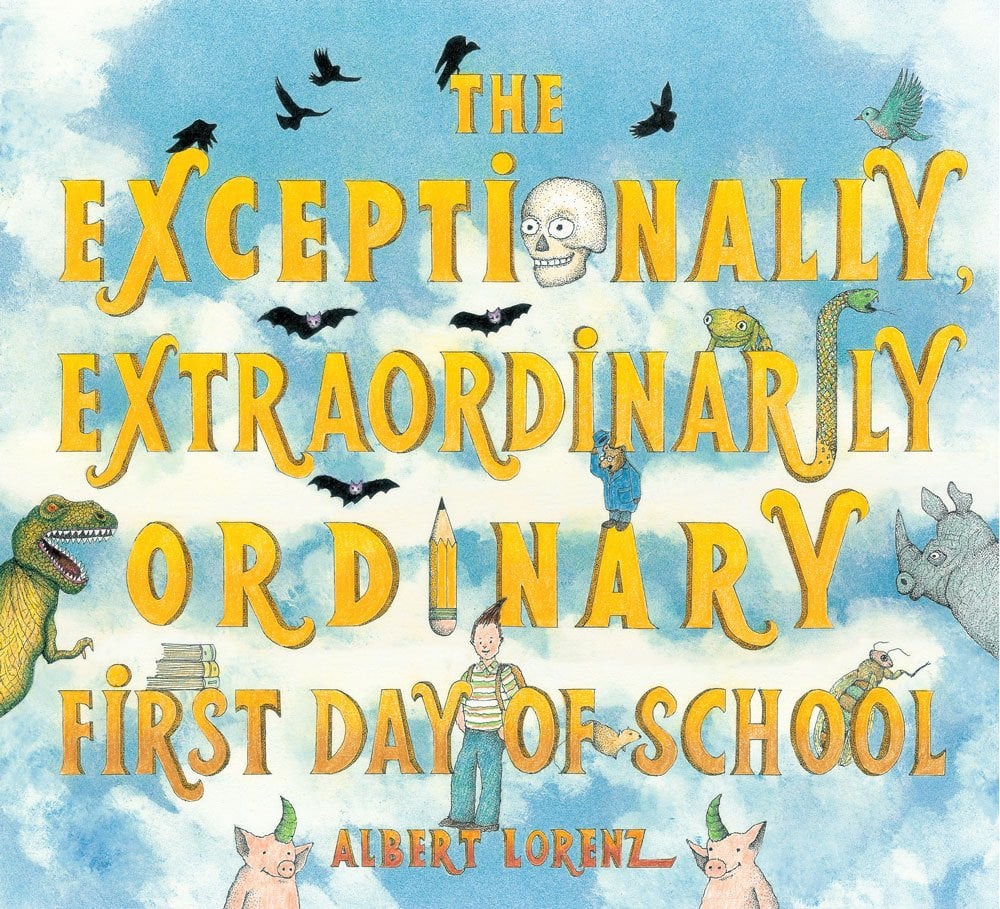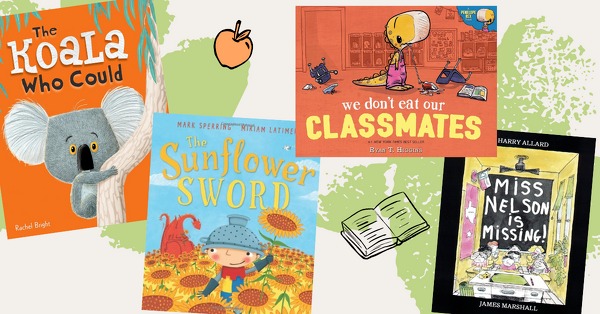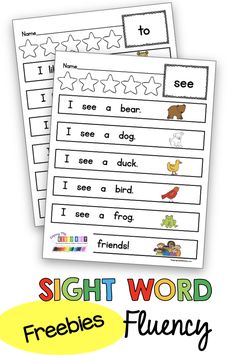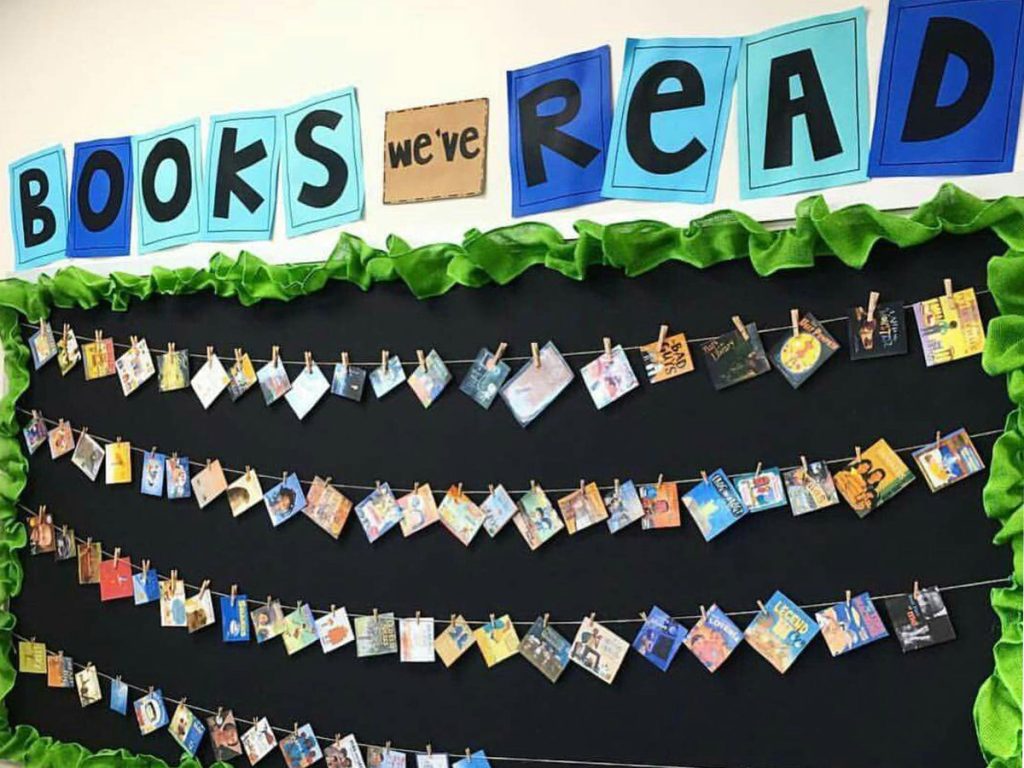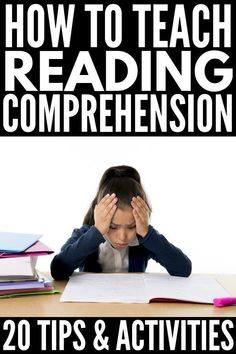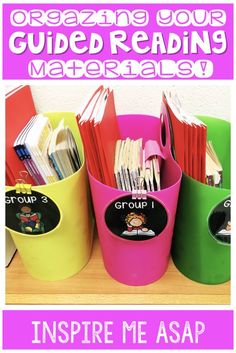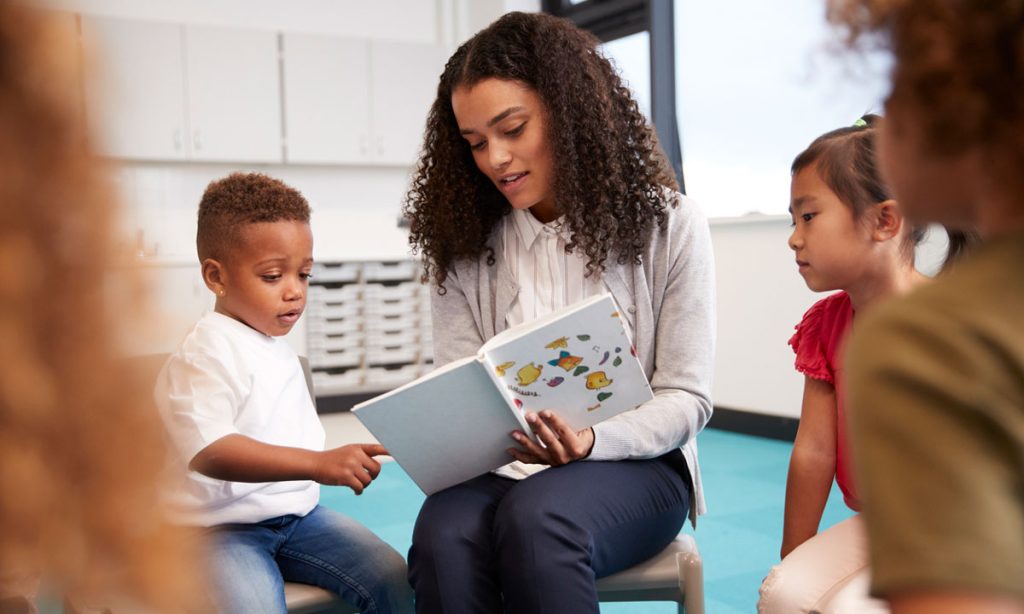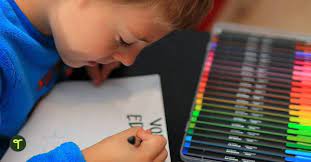Sight words are critical in the journey of learning to read. These are words that children are encouraged to recognize without having to sound them out, and they often do not follow regular phonetic rules. This recognition helps burgeoning readers to increase their reading fluency and comprehension.
Recognizing the pivotal role that sight words play in literacy, we’re excited to share a collection of “20 Printable Sight Word Books for Little Learners.” These books, crafted with young readers in mind, employ simple sentences, repetitive text patterns, and engaging illustrations, all designed to help children grasp these foundational words.
Each book in the series highlights one or more sight words, allowing children to practice them in context. The books cover a wide range of common sight words that typically form the core of many early reading programs. By repeatedly encountering these words within enjoyable stories, young readers will not only memorize them but also understand their usage.
Here’s what makes these printable sight word books a vital addition to any little learner’s library:
1. Accessibility: Being printable means that these materials are readily accessible. Parents and teachers can print multiple copies for classroom use or at-home practice without the need for special resources or technology.
2. Customizability: Users can choose which books to print based on the learning level and needs of each child. As children master one set of sight words, adults can simply print the next book in the collection without delay.
3. Engagement: With colorful illustrations and simple storylines, each book is designed to hold the child’s attention and make the learning process enjoyable.
4. Focus on Repetition: The repeated use of target sight words within each story helps cement their recognition.
5. Progress Tracking: As this collection covers a range of levels, parents and educators can monitor a child’s progress through increasingly challenging sight words.
6. Cost-effectiveness: Instead of purchasing expensive sets of beginner reader books, these printable options provide an economical alternative that is just as effective.
It is essential for this learning material to be used consistently as part of a broader reading program. Reading aloud, guided reading sessions, and discussions about the stories and words help reinforce the child’s understanding and retention of the sight words.
For anyone looking to enhance a child’s reading capabilities with essential sight words effectively presented within delightful narratives, our collection of “20 Printable Sight Word Books for Little Learners” is an invaluable resource worth exploring.
